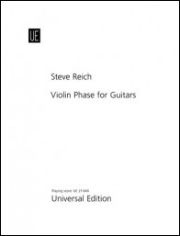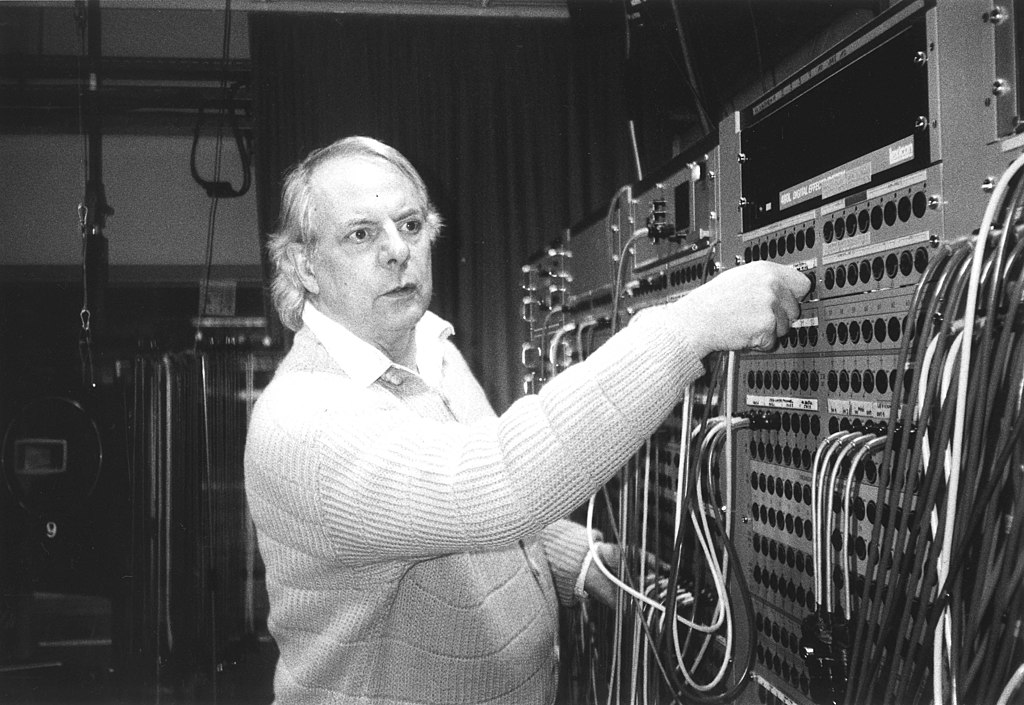Minimally shifted
Steve Reich's Violin Phase has been published in a version for guitar and tape or for four guitars.

Born in 1936, the American composer Steve Reich is a pioneer of minimal music, which works with repetitive patterns, long but usually low-tension arcs and often with phase shifts. Violin phase from 1967 is one of the early works that helped shape the development of this style.
As is so often the case with Reich, the piece is technically easy to play at first glance, but nevertheless places high musical demands on the performers. Short patterns are repeated almost endlessly - exactly how often is determined by the players themselves - so that the overlapping of the various melodic snippets creates a cluster-like bustle.
The difficulty, but also the fascination of the piece lies in the minimal phase shifts: An imperceptible accelerando of a voice very slowly "catches up" first just one, then perhaps another eighth note. The resulting tone patterns become temporarily confusing until the guitar and tape or the four guitars find themselves in the same meter again.
The detailed playing instructions from the original 1967 edition were adapted for the guitar, but it is not entirely clear by whom. Although they are signed with Steve Reich's name, they are not dated. Was Reich involved in the publication of the guitar sheet music or not? Were the instructions even taken from Electric Guitar Phase from the year 2000, which was also an adaptation of Violin Phase? It is a pity that the publisher does not ensure transparency here, as the editing history of Reich's works is quite interesting!
Steve Reich, Violin Phase for Guitars, for guitar and tape or 4 guitars, UE 21646, € 24.95, Universal Edition, Vienna 2015









